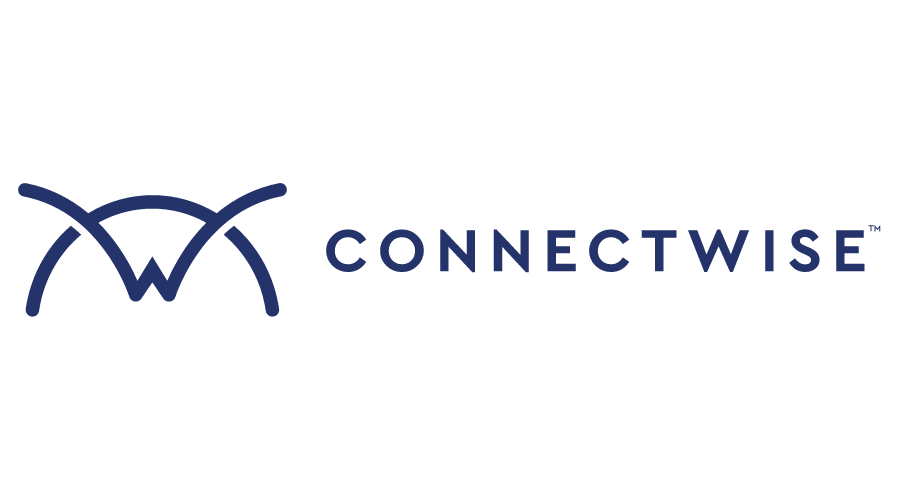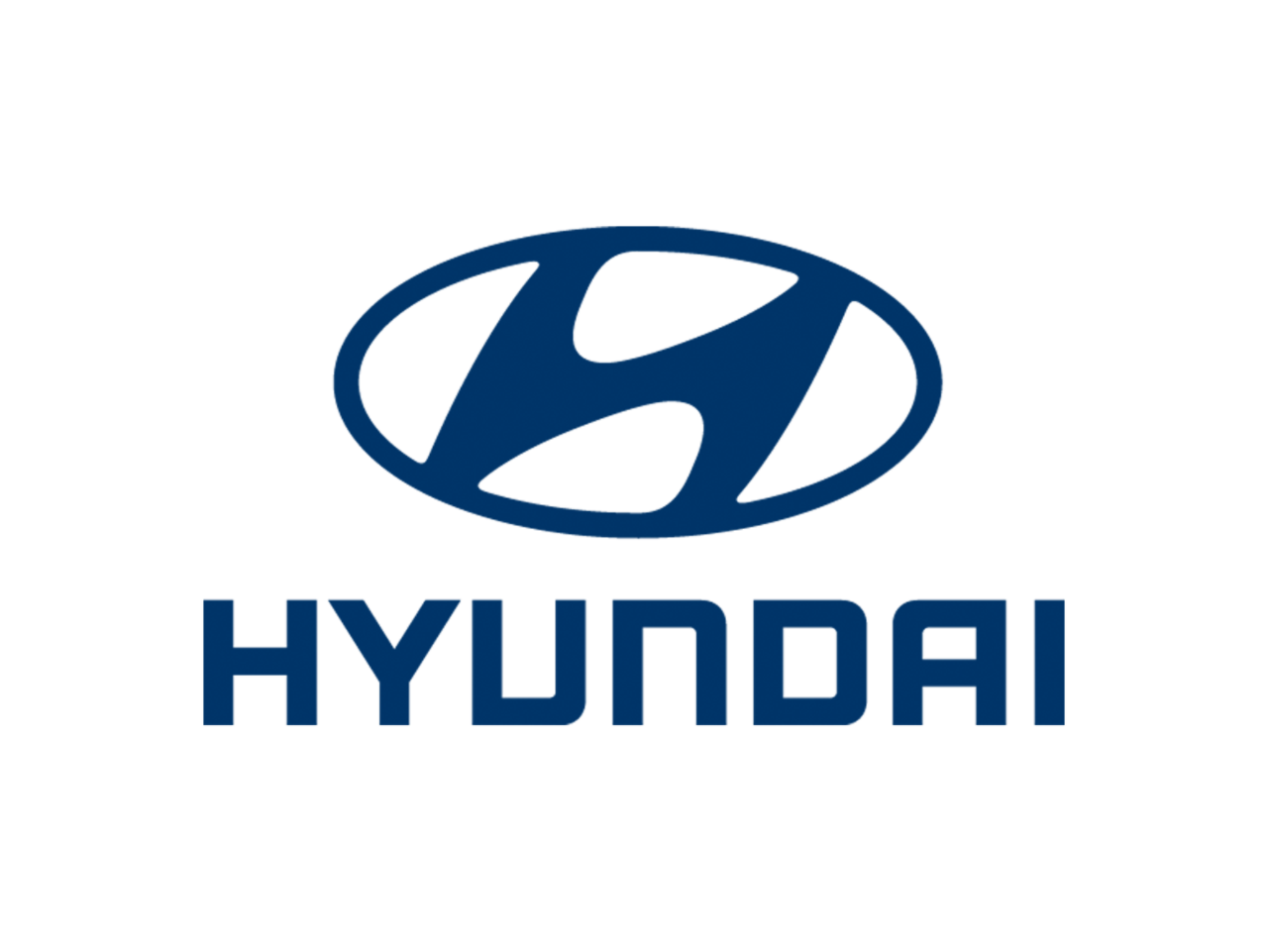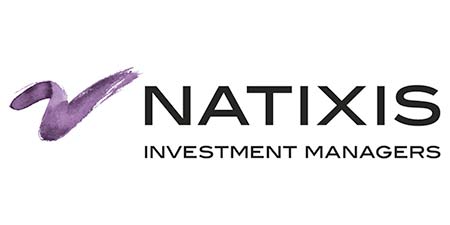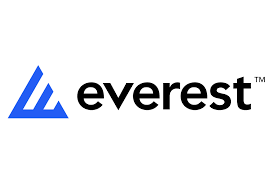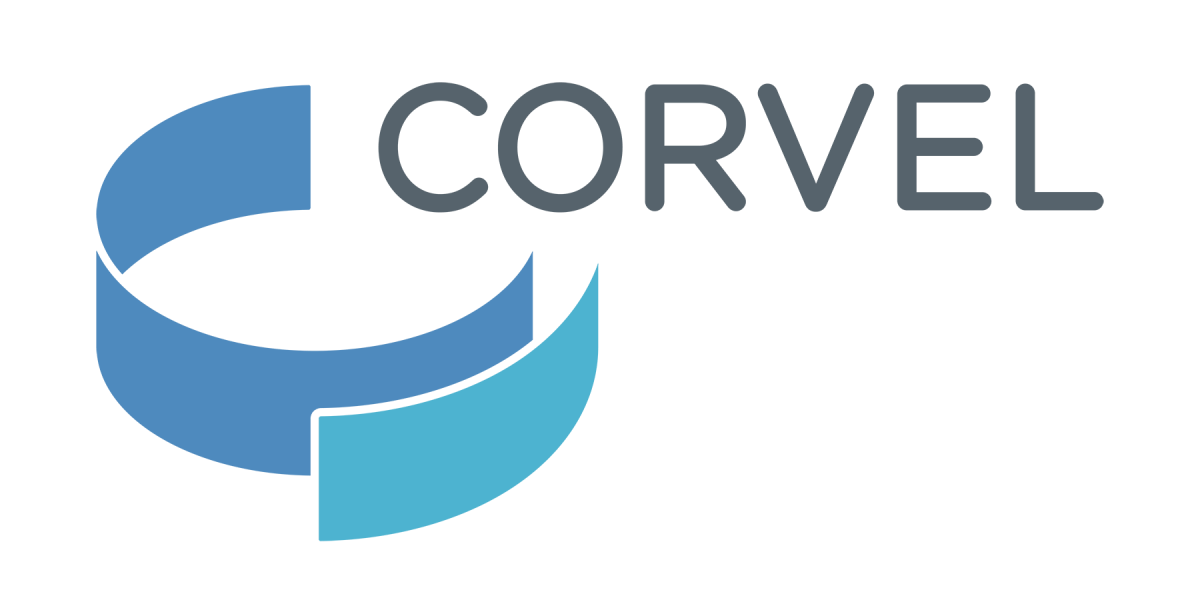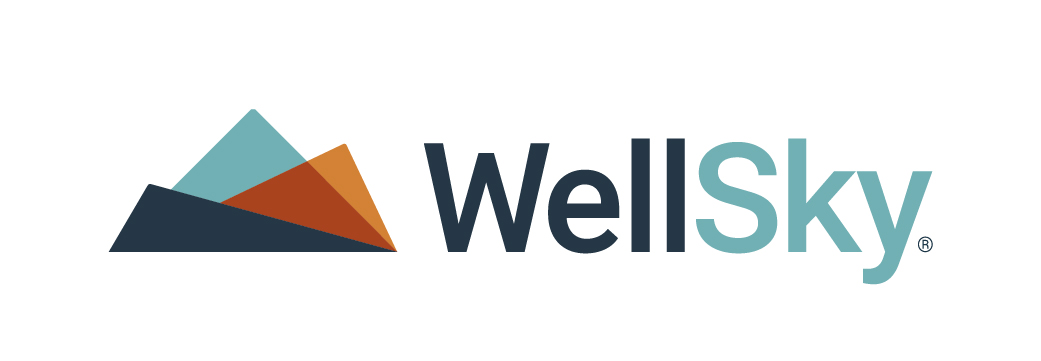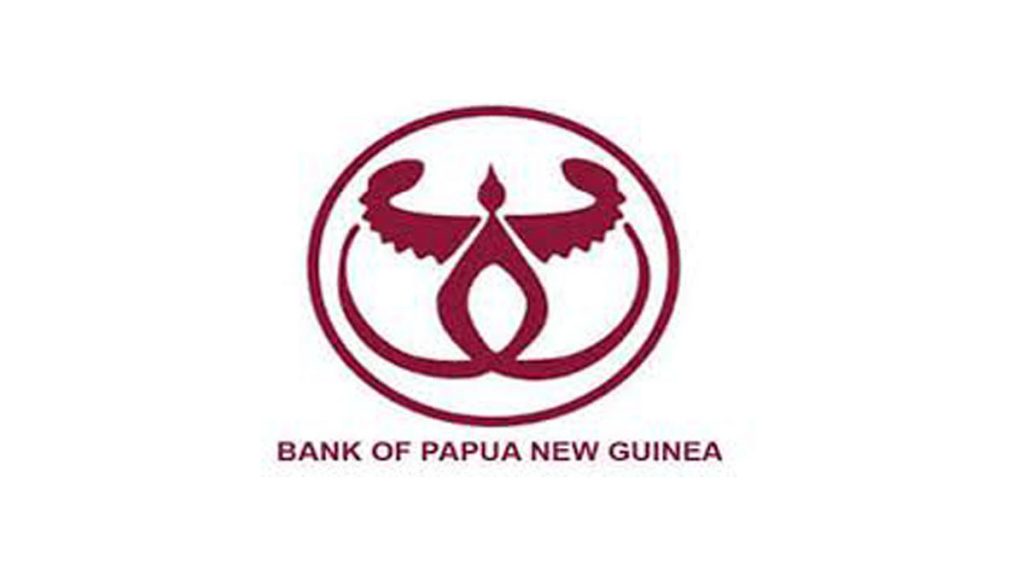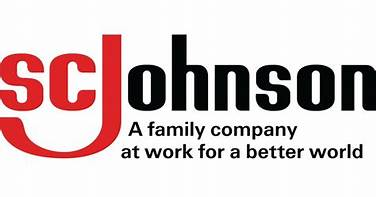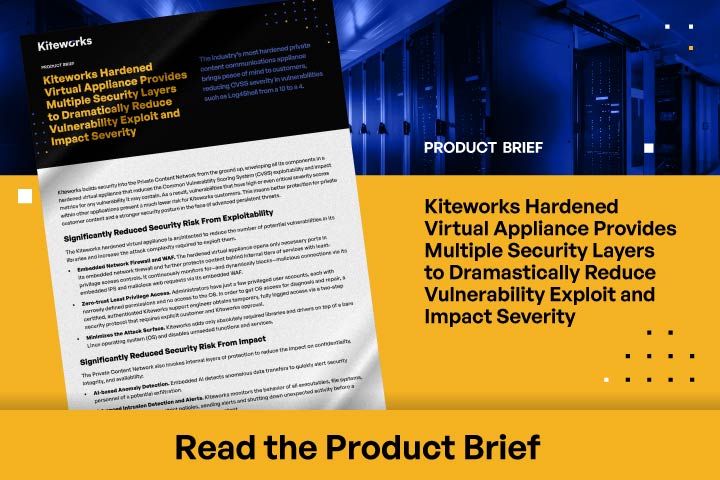Secure Legal Document Collaboration
Legal departments often need to collaborate on sensitive documents. Ensuring the privacy and security of these documents can be challenging. Kiteworks provides a secure platform for collaborating on these documents. Its robust encryption and access control features ensure that only authorized individuals can access these documents, maintaining privacy and data protection.
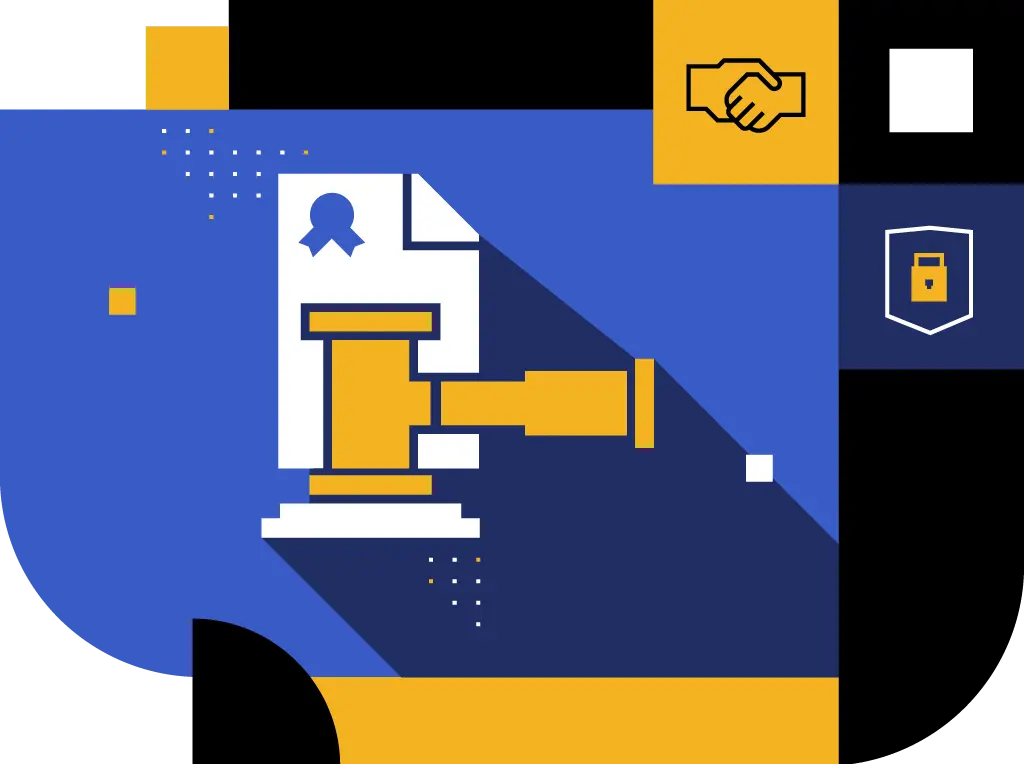
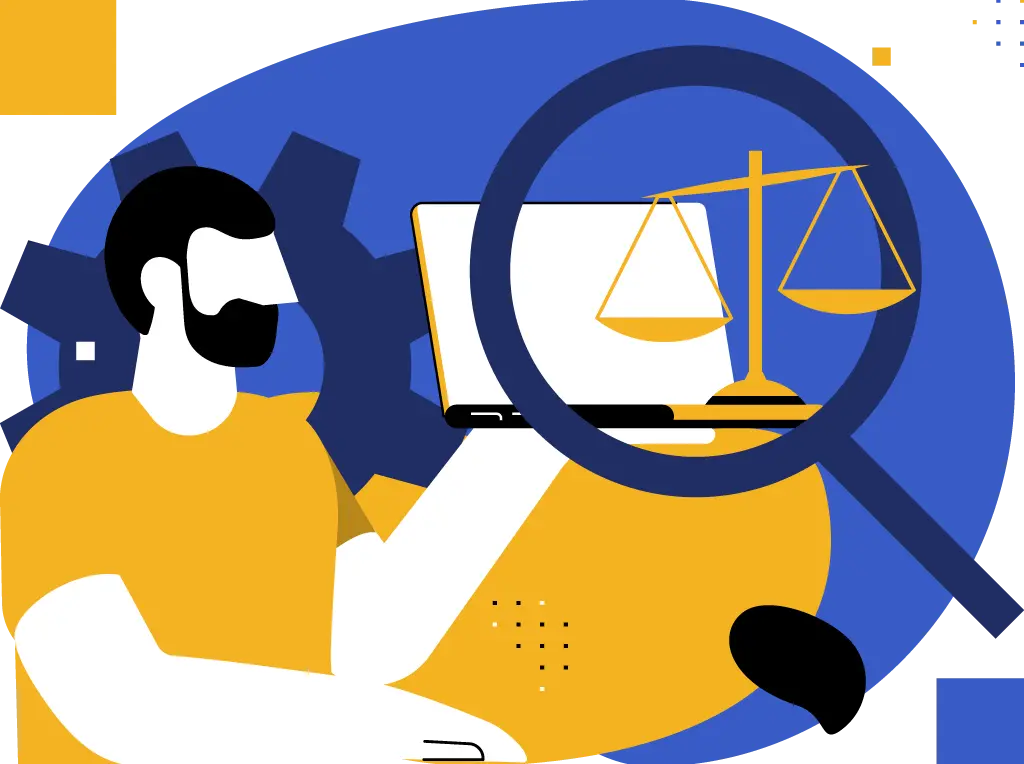
Secure Legal Compliance Data Exchange
Legal departments often need to exchange sensitive compliance data. Ensuring the privacy and security of this data can be challenging. Kiteworks provides a secure platform for exchanging this data. Its robust encryption and access control features ensure that only authorized individuals can access this data, maintaining privacy and data protection.
Secure Legal Contract Management
Legal departments often need to manage sensitive contract documents. Ensuring the privacy and security of these documents can be challenging. Kiteworks provides a secure platform for managing these documents. Its robust encryption and access control features ensure that only authorized individuals can access these documents, maintaining privacy and data protection.
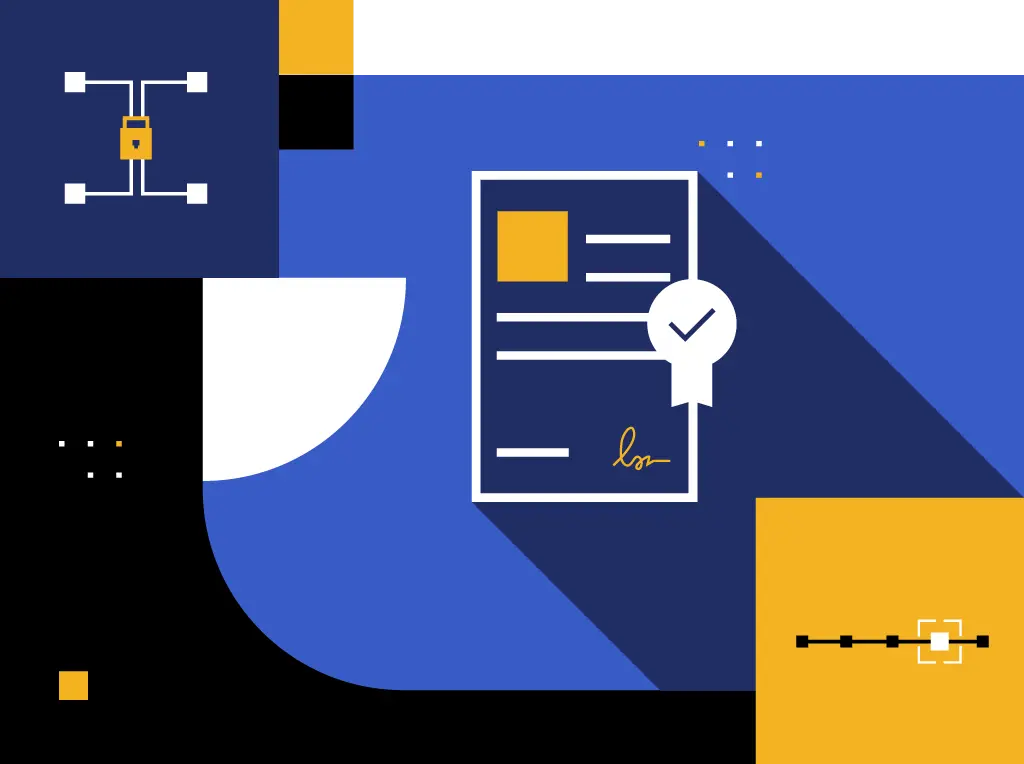
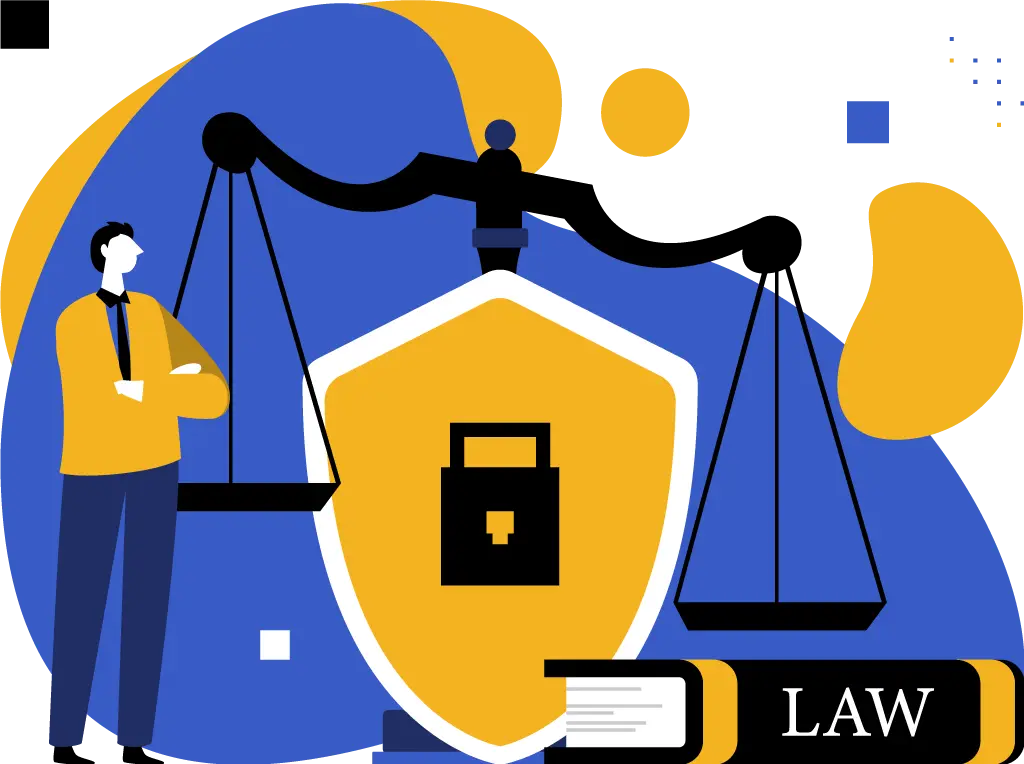
Secure Legal Case Management
Legal departments often need to manage sensitive case files. Ensuring the privacy and security of these files can be challenging. Kiteworks provides a secure platform for managing these files. Its robust encryption and access control features ensure that only authorized individuals can access these files, maintaining privacy and data protection.
Secure Legal Discovery Process
During the discovery process, legal departments often need to share sensitive information. Ensuring the privacy and security of this information can be challenging. Kiteworks provides a secure platform for sharing this information. Its robust encryption and access control features ensure that only authorized individuals can access this information, maintaining privacy and data protection.
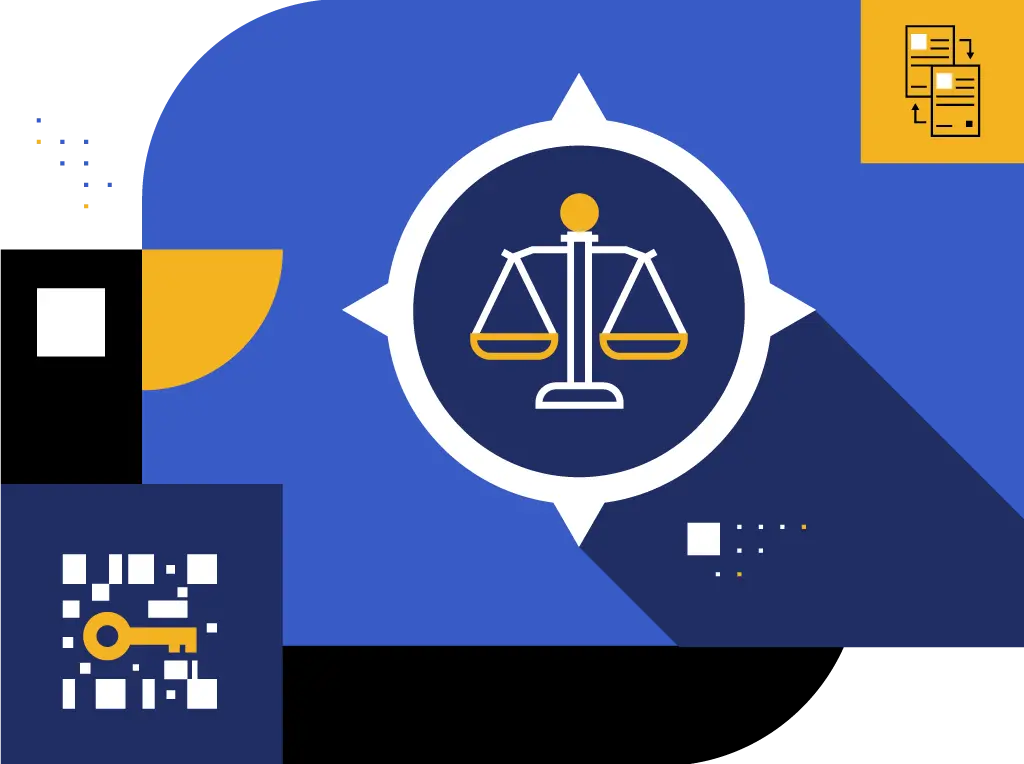
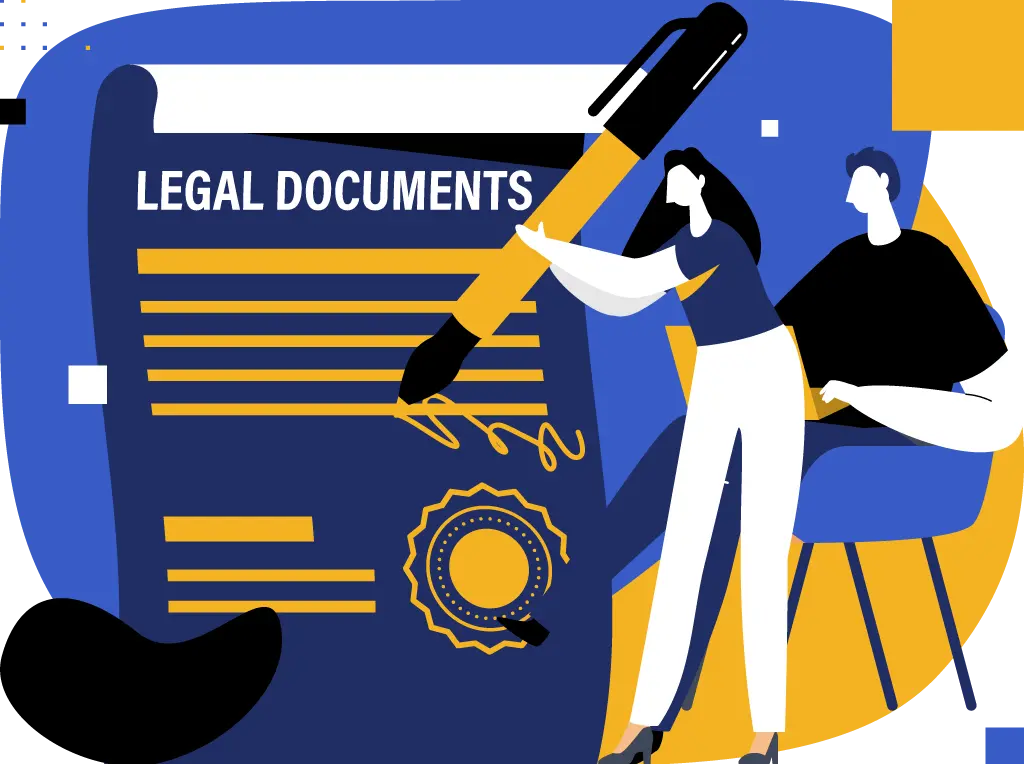
Secure Legal Audit Documentation
Legal departments need to prepare for audits by securely managing sensitive documents. This can be a challenge due to the need to maintain confidentiality and protect the data from unauthorized access. Kiteworks allows for secure file sharing, ensuring that these documents are protected and confidential. Its robust encryption and access control features ensure that only authorized individuals can access the audit documents, maintaining data protection and confidentiality.
Secure Legal Policy Updates
Legal departments often need to share sensitive policy updates. This can be a challenge due to the need to maintain confidentiality and protect the data from unauthorized access. Kiteworks provides a secure platform for sharing these updates. Its robust encryption and access control features ensure that only authorized individuals can access these updates, maintaining confidentiality and data protection.

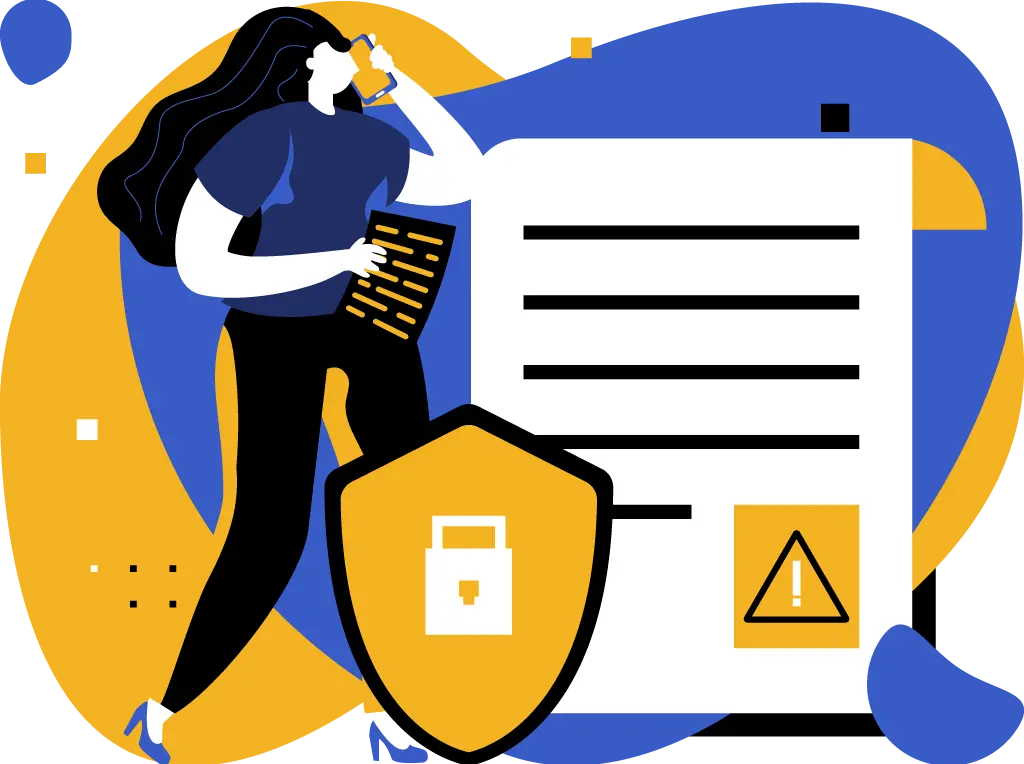
Secure Legal Incident Reporting
Legal departments often need to manage sensitive incident reports. Ensuring the privacy and security of this data can be challenging. Kiteworks provides a secure platform for storing and sharing incident reports. Its robust encryption and access control features ensure that only authorized individuals can access this data, maintaining privacy and data protection.
Secure Legal Vendor Contracts
Legal departments often need to share sensitive contract documents with vendors. This can be a challenge due to the need to maintain confidentiality and protect the data from unauthorized access. Kiteworks allows for secure file sharing, ensuring that these documents are protected and confidential. Its robust encryption and access control features ensure that only authorized individuals can access the contract documents, maintaining data protection and confidentiality.

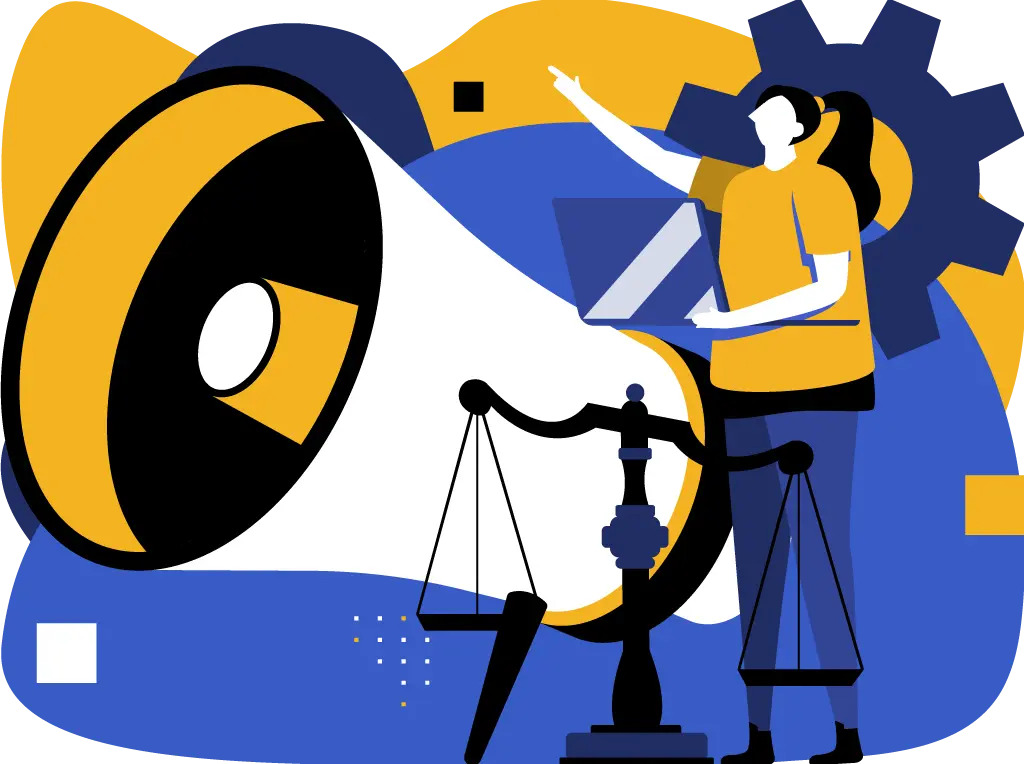
Secure Legal Client Communications
Legal departments often need to communicate sensitive information with clients. Ensuring the privacy and security of this communication can be challenging. Kiteworks provides a secure platform for communicating with clients. Its robust encryption and access control features ensure that only authorized individuals can access this communication, maintaining privacy and data protection.
Secure Legal Research
Legal departments often need to conduct sensitive legal research. Ensuring the privacy and security of this research can be challenging. Kiteworks provides a secure platform for conducting and storing legal research. Its robust encryption and access control features ensure that only authorized individuals can access this research, maintaining privacy and data protection.
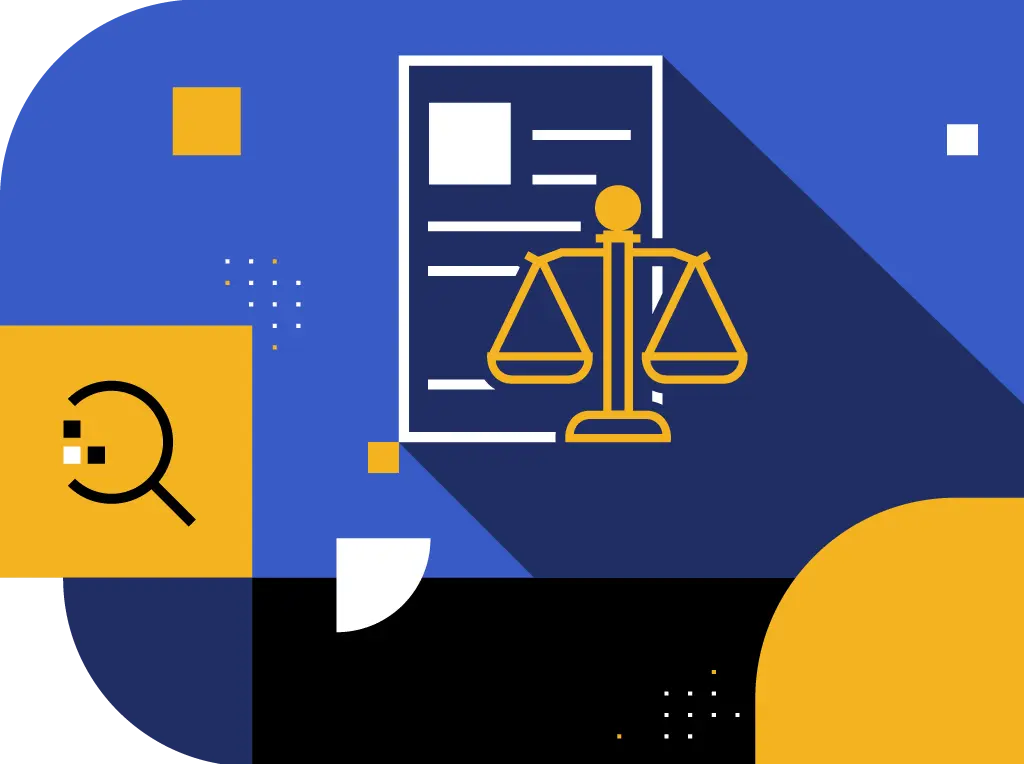
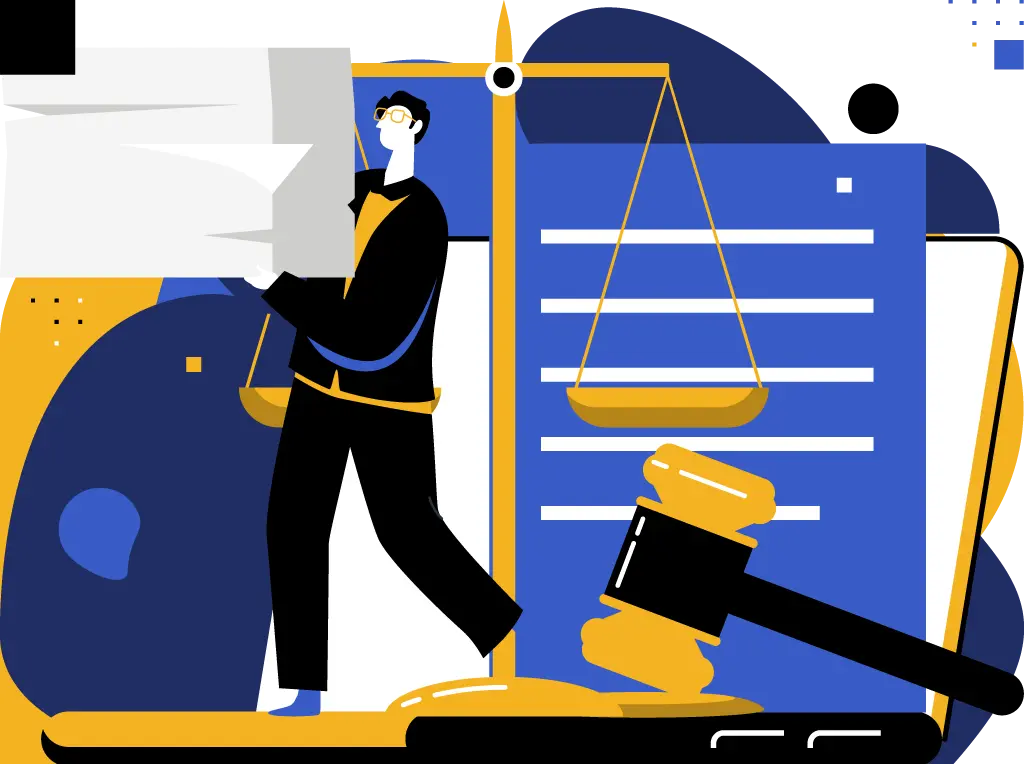
Secure Legal Regulatory Filings
Legal departments often need to file sensitive regulatory documents. Ensuring the privacy and security of these documents can be challenging. Kiteworks provides a secure platform for filing these documents. Its robust encryption and access control features ensure that only authorized individuals can access these documents, maintaining privacy and data protection.
Secure Legal M&A Documentation
During mergers and acquisitions, legal departments often need to share sensitive documents. Ensuring the privacy and security of these documents can be challenging. Kiteworks provides a secure platform for sharing these documents. Its robust encryption and access control features ensure that only authorized individuals can access these documents, maintaining privacy and data protection.

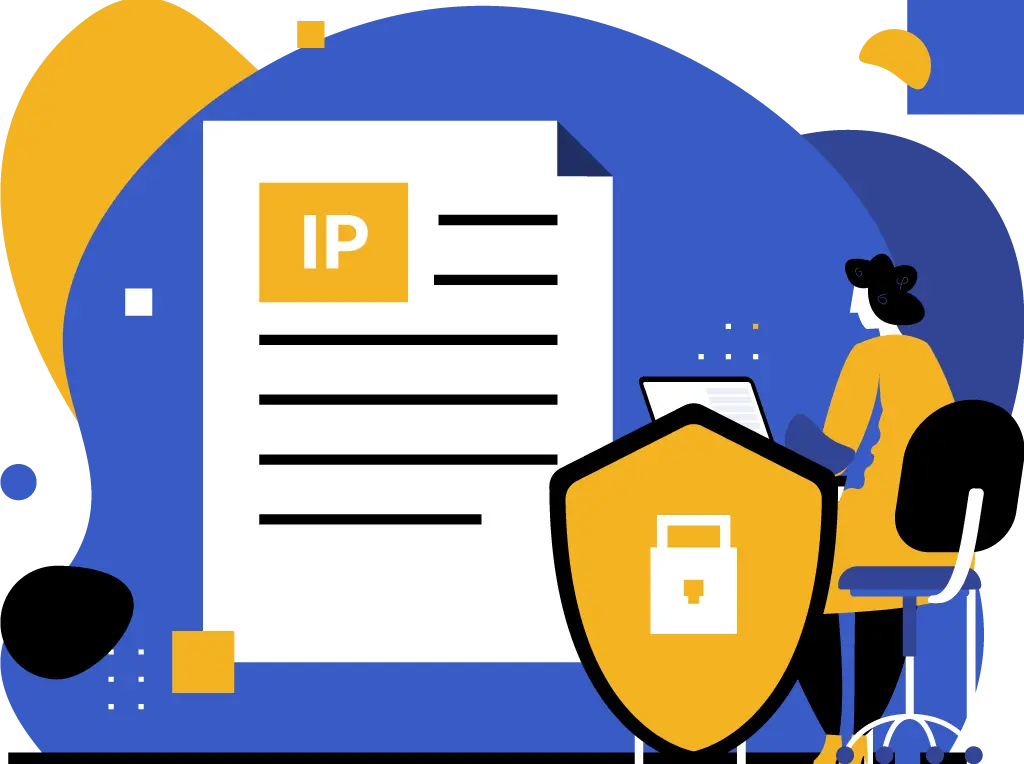
Secure Legal IP Management
Legal departments often need to manage sensitive intellectual property documents. Ensuring the privacy and security of these documents can be challenging. Kiteworks provides a secure platform for managing these documents. Its robust encryption and access control features ensure that only authorized individuals can access these documents, maintaining privacy and data protection.
Secure Legal Litigation Preparation
During litigation preparation, legal departments often need to share sensitive documents. Ensuring the privacy and security of these documents can be challenging. Kiteworks provides a secure platform for sharing these documents. Its robust encryption and access control features ensure that only authorized individuals can access these documents, maintaining privacy and data protection.
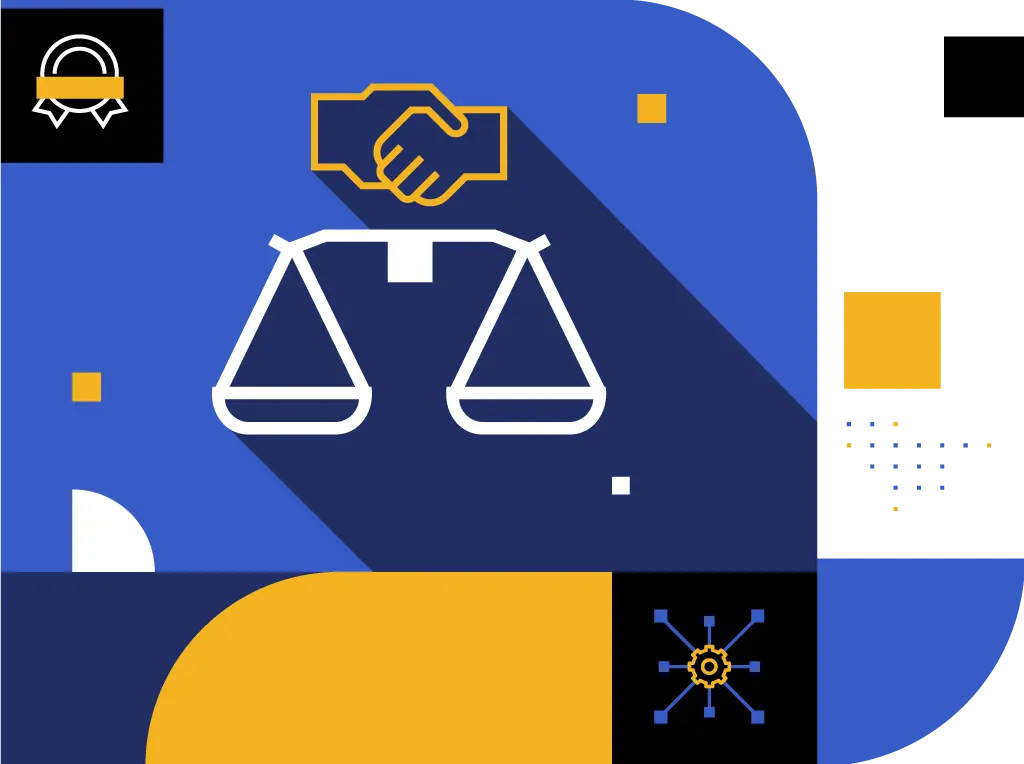
Frequently Asked Questions
Corporate legal departments process, send, and receive sensitive information every day. As a result, the biggest risk for corporate legal departments is data exchanges. Corporate legal departments must comply with legal standards and regulatory compliance regulations like GDPR, SOX, HIPAA, DPA 2018, BDSG, and others; however, exposure of confidential or proprietary information and inefficient methods of handling requests for documents or legal requests pose bigger risks. Additionally, inefficient communication processes or workflows can lead to delays in projects like reviewing contracts or responding to legal requests.
Corporate legal departments can protect intellectual property (IP) and other confidential information from external threats by putting in place measures to protect systems and the data they hold and share. Corporate legal departments have several security technologies to choose from to protect confidential data from unauthorized access. These technologies include encryption of all emails and file attachments, in transit and at rest, data loss prevention (DLP) scans on all outgoing files, antivirus (AV) and advanced threat prevention (ATP) scans on all incoming files, and user authentication protocols such as multi-factor authentication (MFA).
Corporate legal departments process and share many types of sensitive information that needs to be protected. This includes sales contracts, letters of intent, compensation plans, legal hold requests, memorandums of understanding, corporate strategies, trade secrets, board of directors presentations, personnel records, intellectual property (IP) rights, financial information, and data related to litigation. In addition, legal departments often store confidential information regarding the company’s activities, such as internal investigations, emails from investors, legal settlement negotiations, and more.
Corporate legal departments can take several steps to prevent data breaches and unauthorized access to confidential files. These steps include assessing the existing security protocols already in place, implementing an effective identity and access management (IAM) system, specifying the level of security access each employee has based on subject-matter sensitivity, regularly evaluating and adjusting security protocols, and ensuring all staff members are up to date on security policy changes through periodic security awareness trainings. Additionally, legal departments should implement a cyber awareness culture of excellence that is internalized and practiced by all employees to protect the organization’s sensitive data.
Corporate legal departments achieve data governance by implementing technologies such as digital rights management (DRM) systems, data loss prevention (DLP) software, and encryption solutions to control and protect confidential corporate information. Data governance processes typically involve formulating policies outlining acceptable use of company information. This usually includes defining who should have access to sensitive data and what procedures must be followed when using or sharing it. Corporate legal teams may also establish data classification—the practice of categorizing, tagging, and storing sensitive data, so activity involving that data can be monitored and audited. Lastly, corporate legal departments typically require employees to participate in ongoing security awareness training trainings related to data governance best practices.
FEATURED RESOURCES
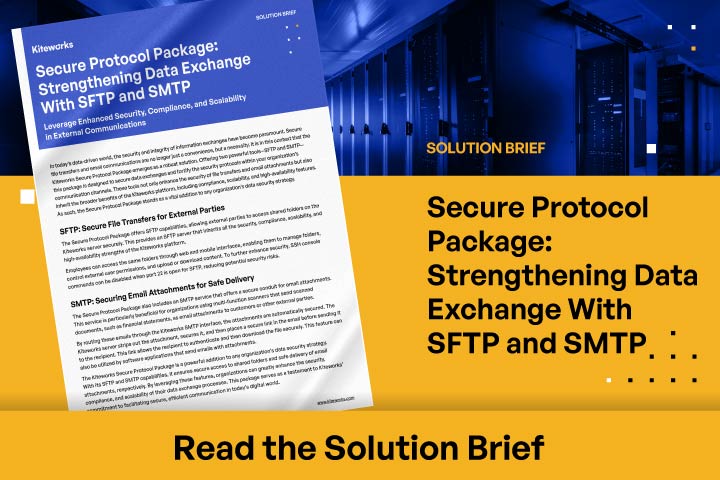
Secure Protocol Package: Strengthening Data Exchange With SFTP and SMTP
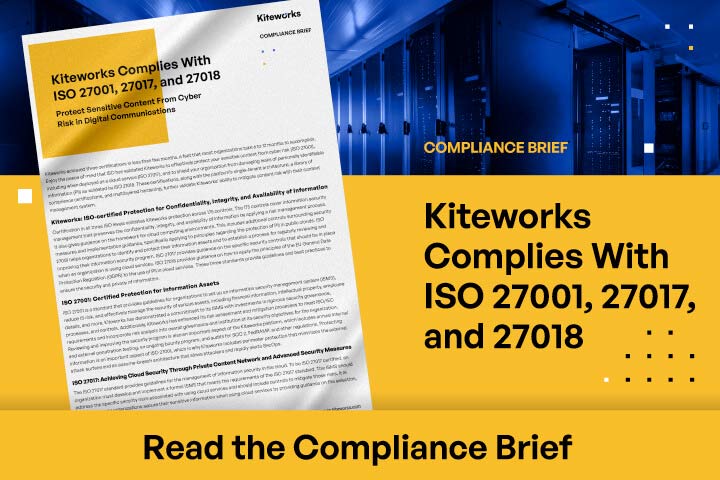
Kiteworks Complies With ISO 27001, 27017, and 27018
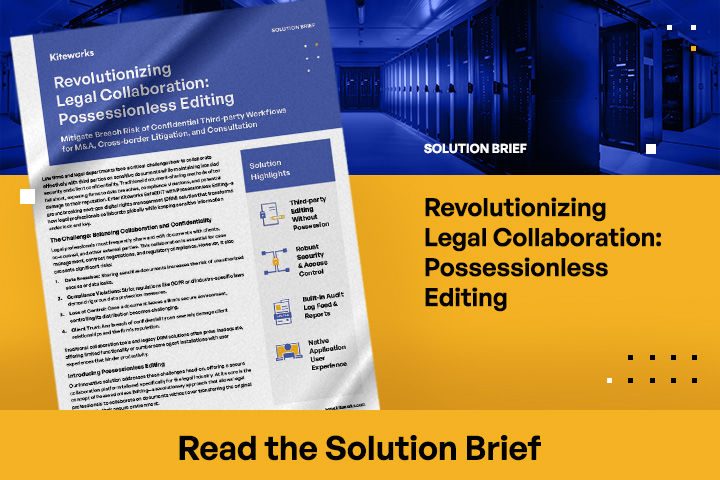
Revolutionizing Legal Collaboration: Possessionless Editing
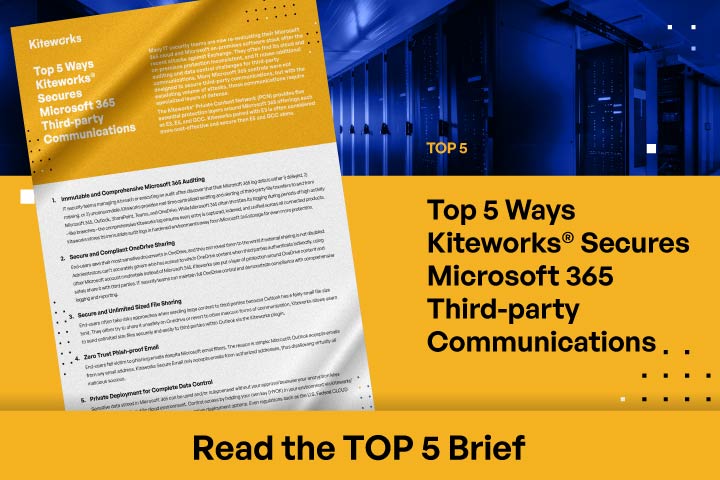
Top 5 Ways Kiteworks Secures Microsoft 365 Third-party Communications
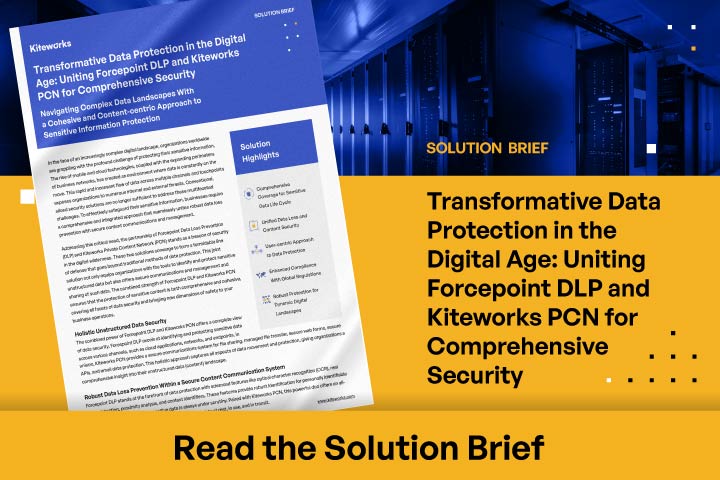
Uniting Forcepoint DLP and Kiteworks PCN for Comprehensive Security
IT, SECURITY, PRIVACY, AND COMPLIANCE LEADERS AT THOUSANDS OF THE WORLD’S LEADING ENTERPRISES AND GOVERNMENT AGENCIES TRUST KITEWORKS
